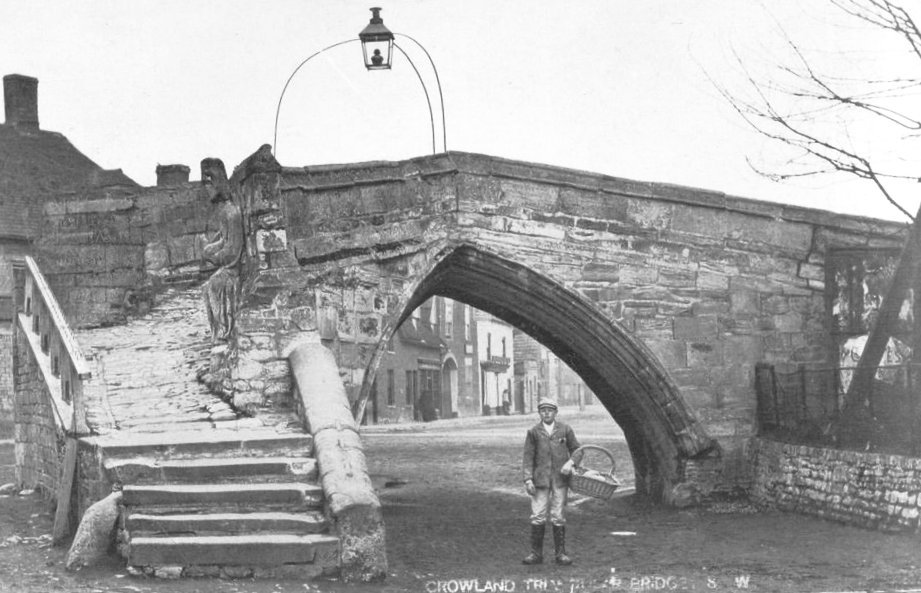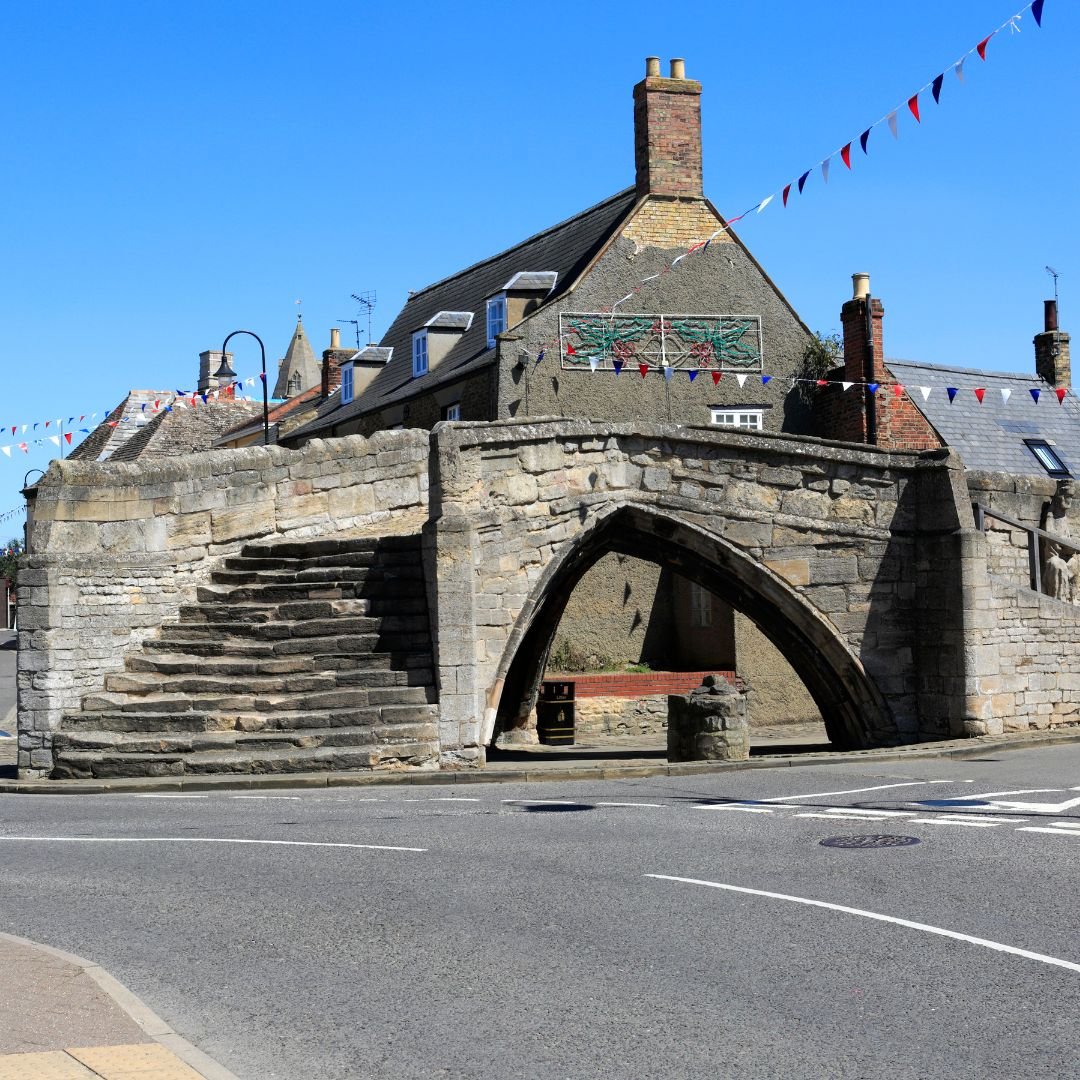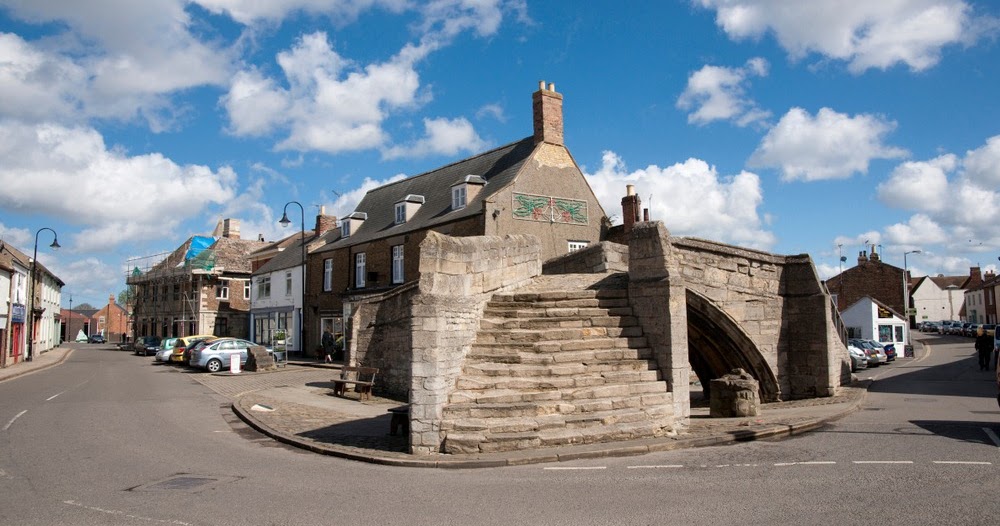Introduction
Trinity Bridge stands as a remarkable three-way stone arch bridge located in the heart of Crowland, Lincolnshire, England. With a history that stretches back to the 14th century, this bridge exemplifies the ingenuity of medieval engineering and the intricate relationship between human structures and the natural environment. Although it now arches over dry land due to historical changes in river courses, its significance remains profound.

Historical Context
A Journey Through Time
Constructed between 1360 and 1390, Trinity Bridge was originally designed to span the River Welland and one of its tributaries at their meeting point. Its first recorded mention dates back to 716 AD, attributed to King Æthelbald of Mercia, with another reference appearing in a charter from Eadred in 943 AD. These early records underscore the bridge’s importance in the region’s history and its role as a vital crossing point for travelers and goods.
Changes in the Landscape
In the mid-17th century, significant alterations to the natural waterways led to the re-routing of the rivers, which left Trinity Bridge spanning over dry land rather than flowing water. This transformation has raised questions about the bridge’s original functional context, yet it stands as a testament to the resilience of medieval infrastructure.

Architectural Features
Design and Construction
Trinity Bridge is primarily constructed from Barnack stone, sourced from quarries approximately 10 miles west of Crowland. The stone was likely transported via the River Welland, emphasizing the connection between the bridge and its original purpose. The structure features a unique design with three stairways leading up to a central meeting point, ingeniously combining what would have required three separate bridges into one cohesive structure.
Ingenious Engineering
The bridge’s design showcases the innovative engineering of its time, demonstrating how medieval architects solved complex problems. By utilizing three abutments to create a single bridge that spans two converging rivers, Trinity Bridge not only served a practical purpose but also highlighted the aesthetic qualities of arch construction.

Legacy and Cultural Significance
A Scheduled Monument
Today, Trinity Bridge is recognized as a scheduled monument and holds Grade I listed status. This designation reflects its architectural merit and historical significance. As a structure that has withstood the test of time, it invites visitors to explore the story of Crowland and its historical landscape.
Educational Value
Trinity Bridge also serves as an educational resource for historians, engineers, and visitors interested in medieval architecture. The bridge’s unique design and its adaptation to environmental changes provide insights into the engineering practices and societal needs of the time.

Conclusion
Trinity Bridge may no longer serve its original function as a crossing over active waterways, but it remains a striking example of medieval ingenuity. Its majestic arches and historical significance make it an essential landmark in Crowland, reflecting the adaptability and resilience of human engineering. As a monument that stands the test of time, Trinity Bridge continues to inspire admiration and curiosity, reminding us of the intricate relationship between architecture and the natural world.

